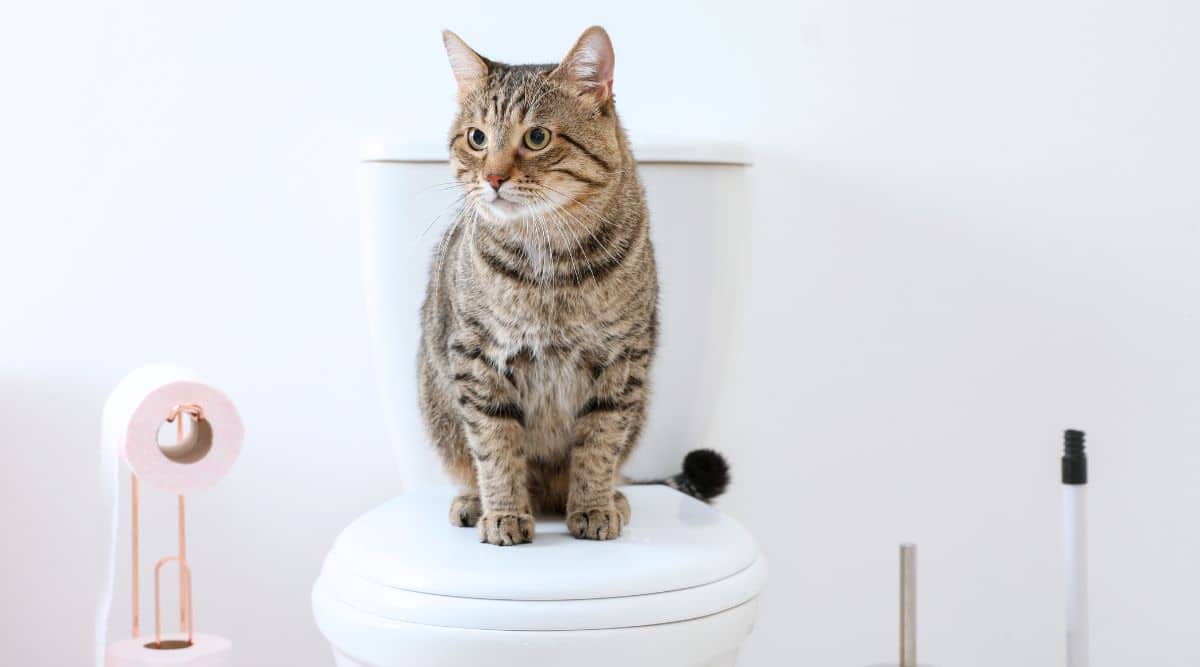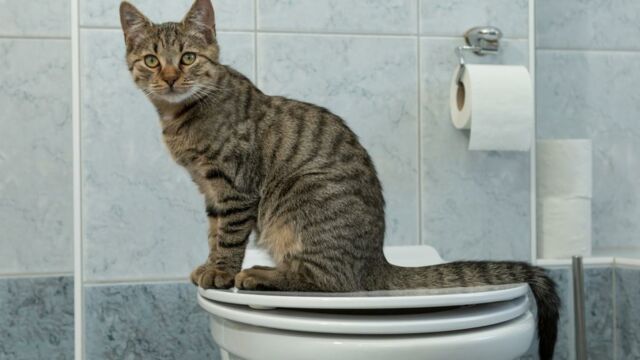Your Hazards of Animal Waste in the Toilet
Your Hazards of Animal Waste in the Toilet
Blog Article
We've encountered this great article involving 4 Reasons Why Dog Poop Cleanup is Important below on the web and decided it made good sense to quickly share it with you on this site.

When it involves disposing of waste, especially animal waste, many people often resort to the hassle-free alternative of flushing it down the commode. Nevertheless, this apparently very easy option can have major consequences for the setting and public health. In this post, we'll discover why flushing pet waste down the commode is a bad idea and supply alternate methods for correct disposal.
Introduction
Proper garbage disposal is vital for preserving environmental sustainability and public health. While it may appear harmless to purge animal waste down the bathroom, it can result in numerous problems, both for the environment and human wellness.
Risks of flushing animal waste
Environmental effect
Purging animal waste presents hazardous microorganisms and pathogens into rivers, which can negatively affect marine ecosystems. These microorganisms can infect water sources and harm marine life, interfering with fragile communities.
Public health worries
Pet waste has harmful microorganisms such as E. coli and Salmonella, which can posture serious health risks to humans. Flushing animal waste down the toilet can contaminate water supplies, leading to the spread of conditions and infections.
Alternatives to flushing
As opposed to flushing animal waste down the toilet, there are several alternative disposal methods that are extra eco-friendly and hygienic.
Composting
Composting pet waste is a green method to get rid of it. By composting, organic matter is broken down right into nutrient-rich dirt, which can be utilized to fertilize yards and plants.
Landfill disposal
Disposing of pet waste in a landfill is an additional option. While not as eco-friendly as composting, it is a safer option to flushing, as it protects against the contamination of water sources.
Animal garbage disposal systems
There are specialized animal garbage disposal systems readily available that safely and hygienically throw away pet waste. These systems frequently utilize enzymes to break down waste and get rid of smells.
Steps to correct pet waste disposal
To guarantee proper disposal of animal waste, comply with these actions:
Scooping and bagging waste
Routinely scoop and bag pet waste using biodegradable bags. This protects against waste from contaminating the atmosphere.
Using assigned waste containers
Dispose of bagged animal waste in assigned waste bins, such as compost bins or landfill containers. Avoid flushing it down the toilet at all costs.
Cleansing can and animal areas frequently
Routinely clean can and animal locations to prevent the build-up of waste and germs. Use pet-safe cleansing products to keep hygiene.
Advantages of proper disposal approaches
Adopting proper disposal techniques for pet waste provides numerous benefits:
Minimized environmental pollution
Proper disposal techniques minimize the risk of environmental pollution, securing rivers and ecological communities from contamination
Minimized danger of water contamination.
By preventing flushing pet waste down the toilet, the risk of water contamination is substantially lowered, safeguarding public health.
Enhanced cleanliness and hygiene
Appropriate disposal methods promote better sanitation and hygiene, creating a safer environment for both humans and animals.
Conclusion
In conclusion, flushing pet waste down the toilet is hazardous to the environment and public health. By adopting different disposal approaches and read more adhering to appropriate waste administration methods, we can reduce the adverse effect of animal waste and contribute to a cleaner, healthier world.
What To Do With Dog Poo – The Do's And Don'ts Of Disposing Of Faeces
Dog poo bins
Some councils provide dedicated dog waste bins in popular dog-walking areas that can take dog poo that has been bagged but you can legally dispose of dog waste in any public litter bin, as long as it is securely bagged. This also applies to your wheelie bin at home.
Do not flush
Water companies do not recommend flushing dog faeces down the toilet because certain parasites can survive the water processing treatment and are potentially harmful to humans. You should also never consider flushing dog poo that has been bagged down the toilet as the bags will not break down and instead create severe blockages in the sewage system.
In the woods
The Forestry Commission promotes a ‘stick and flick’ method for dealing with waste in the woods. This means finding a stick and using it to flick any poo from off the path so that it is out of the way of other walkers. You could also bury it as long as it is not in an area where there might be livestock.
Livestock
Parasites found in dog poo can be transmitted to livestock if they inadvertently eat infected faeces that has been left on grazing land. This could result in the death of sheep or abortion in cattle so you should always make sure you pick up your dog’s waste in fields where livestock could be present.

Routinely clean can and animal locations to prevent the build-up of waste and germs. Use pet-safe cleansing products to keep hygiene.
Advantages of proper disposal approaches
Adopting proper disposal techniques for pet waste provides numerous benefits:
Minimized environmental pollution
Proper disposal techniques minimize the risk of environmental pollution, securing rivers and ecological communities from contamination
Minimized danger of water contamination.
By preventing flushing pet waste down the toilet, the risk of water contamination is substantially lowered, safeguarding public health.
Enhanced cleanliness and hygiene
Appropriate disposal methods promote better sanitation and hygiene, creating a safer environment for both humans and animals.
Conclusion
In conclusion, flushing pet waste down the toilet is hazardous to the environment and public health. By adopting different disposal approaches and read more adhering to appropriate waste administration methods, we can reduce the adverse effect of animal waste and contribute to a cleaner, healthier world.
What To Do With Dog Poo – The Do's And Don'ts Of Disposing Of Faeces
Dog poo bins
Some councils provide dedicated dog waste bins in popular dog-walking areas that can take dog poo that has been bagged but you can legally dispose of dog waste in any public litter bin, as long as it is securely bagged. This also applies to your wheelie bin at home.
Do not flush
Water companies do not recommend flushing dog faeces down the toilet because certain parasites can survive the water processing treatment and are potentially harmful to humans. You should also never consider flushing dog poo that has been bagged down the toilet as the bags will not break down and instead create severe blockages in the sewage system.
In the woods
The Forestry Commission promotes a ‘stick and flick’ method for dealing with waste in the woods. This means finding a stick and using it to flick any poo from off the path so that it is out of the way of other walkers. You could also bury it as long as it is not in an area where there might be livestock.
Livestock
Parasites found in dog poo can be transmitted to livestock if they inadvertently eat infected faeces that has been left on grazing land. This could result in the death of sheep or abortion in cattle so you should always make sure you pick up your dog’s waste in fields where livestock could be present.

Hopefully you liked our part on Why you should never flush dog poop down the toilet. Thank you so much for taking time to browse our blog. Enjoyed reading our article? Please quickly share it. Let another person discover it. We value reading our article about 4 Reasons Why Dog Poop Cleanup is Important.
Book Your Service Report this page